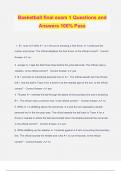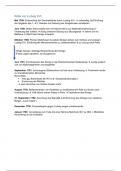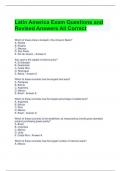Samenvatting
Summary Literature Philosophy and Neuroetics (W_BA_PNEU)
A summary of all the literature of the whole course. It condenses the literature to include all the main takeaways and provides a baseline for studying or using during the exam as a ctrl+f document.
[Meer zien]













